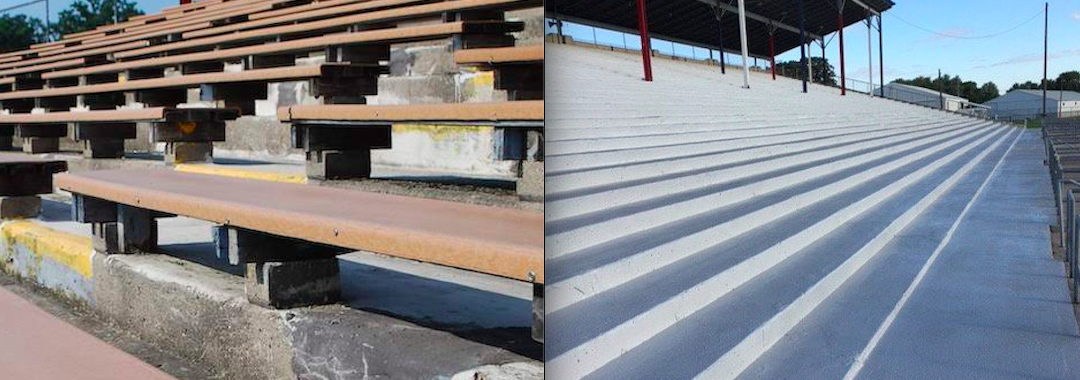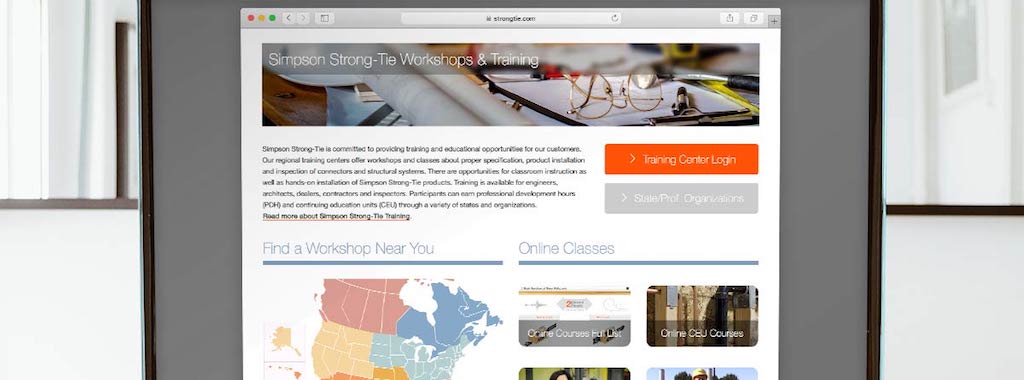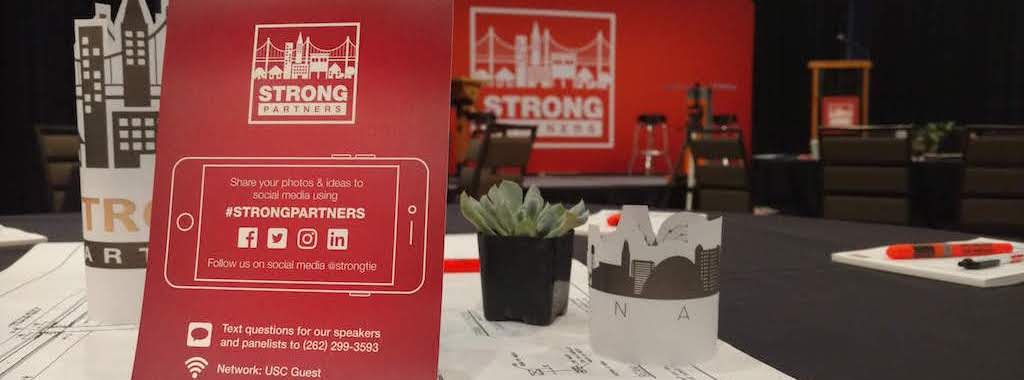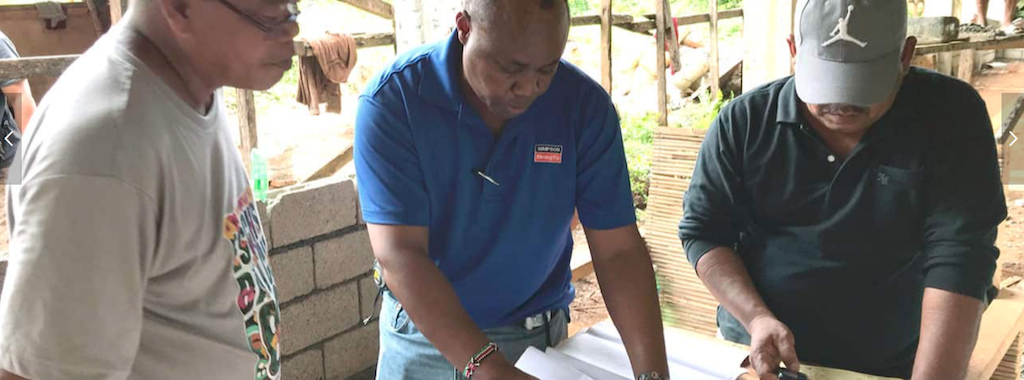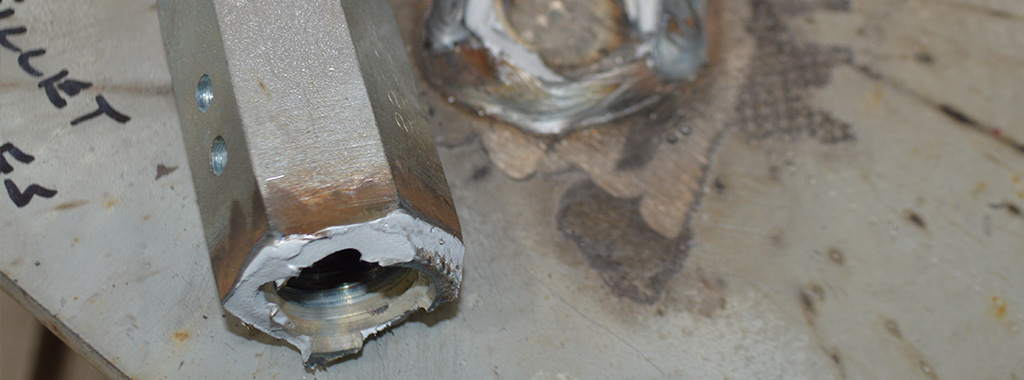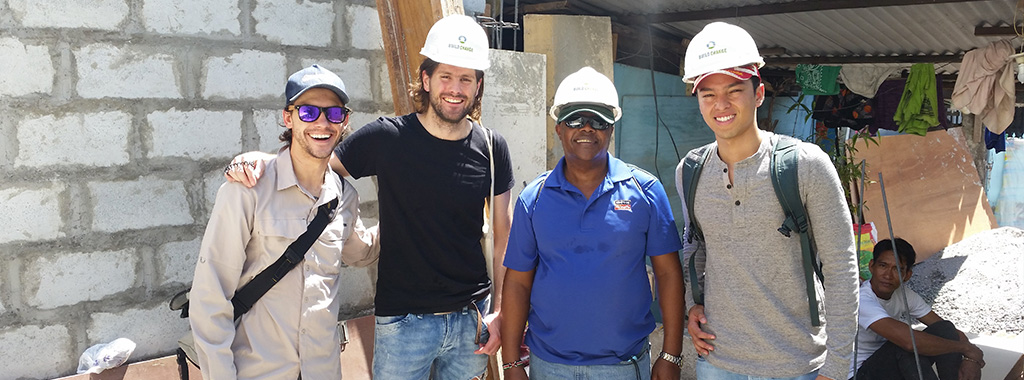The Freeborn County Fair in Albert Lea, Minnesota, has a rich history going all the way back to 1859, a year after Minnesota became a state. In addition to its longevity as a county fair facility, the Freeborn County Fair is known for its large and spacious grandstand and the many attractions it has hosted since it opened in 1940 — including motorcycle races, stock car races, auto thrill shows, horse races, wrestling events, mule races and tractor pulls.
Introducing Excellence in Engineering Fellow: Juan Carlos Restrepo
We’re excited to introduce the recipient of the 2018–2019 Excellence in Engineering Fellowship: Juan Carlos Restrepo.
This is the second year of the fellowship, a successful partnership between Build Change, a Denver-based international nonprofit social enterprise, and Simpson Strong-Tie, a global leader in innovative structural solutions.
Continue Reading
Code Corner: New Year, New Code Developments
Happy new year! A new year brings new developments on the Building Code front. A summary of relevant code activities follows.
Continue Reading
Questions Answered: Making the Right Anchor Choice
In this post, we follow up on our August 28 webinar, Making the Right Anchor Choice: Best Practices in Anchor Design, by answering some of the interesting questions raised by attendees.
During the webinar where we discussed the critical performance factors and code requirements you need to consider when designing with or installing adhesive or mechanical anchors. In case you weren’t able to join our discussion, you can watch the on-demand webinar and earn PDH and CEU credits here.
Continue Reading
Keeping Up with Continuing Education (for Free!): Three New Online Courses to Check Out
In this post, Brittney Price, manager of content development for Product & Customer Training, discusses the training offered by Simpson Strong-Tie for customers’ professional development and continuing education credits. The training is offered in online courses and recorded webinars as well as live workshops around the country. The most recent offerings cover the topics of delegated design; code requirements for conventionally framed roofs; and deck inspections.
Continue Reading
Strong Partners SoCal Seismic Symposium with Dr. Lucy Jones and Karen Colonias
Have you ever stopped to think about how much time you spend in a building? You probably spend your day inside your home, school, or office and then stop by the coffee shop, grocery store, or mall. There is a statistic from the Environmental Protection Agency that estimates most people spend close to 90% of their lives inside a building. With all that time inside of a structure, how often do you stop and think about how safe that building is, especially if you live in an earthquake region? And what about the whole community of buildings, and how we would be able to continue living our lives if a big earthquake hit and we were able to survive . . . but had no buildings left that were safe to live or work in? This raises the question of how resilient we would be after an earthquake, how quickly we would be able to recover and resume normal lives after a catastrophic earthquake. For many cities around the world who have suffered through large earthquakes and hurricanes, the answer has been not very quickly at all, with some affected cities estimated as taking as long as 50–100 years truly to recover. We know a big earthquake is coming to Southern California, so what can we do? At Simpson Strong-Tie, we are helping lead the research and innovation to make sure buildings and communities can stay safe in the next earthquake.
Continue Reading
Build Change and Simpson Strong-Tie Renew Fellowship for Engineering Excellence
With the growing danger of natural disasters, the race is on to expand access to programs that safeguard lives from the human-made danger of poorly built housing. With the common mission of building safer, stronger structures, Build Change and Simpson Strong-Tie announced the renewal of the Simpson Strong-Tie® Fellowship for Engineering Excellence program.
Continue Reading
Rod-to-Steel-Beam Connections for Anchor Tiedown Systems: Rod Welding, Brittle Failure, and Alternative Connections
Continuous rod tiedowns are a common way to restrain shearwall overturning in light-frame structures. Anchoring the rod run in a steel beam can be challenging, however, because the holdown typically aligns with the beam’s web and thus cannot pass through the beam. Welding, on the other hand, can cause brittleness and fracture of the rod or coupler at the location of the weld, especially in high-strength steel rods and couplers. An effective alternative also using high-strength rods is provided by the Simpson Strong-Tie® ATS-SBC steel-beam connector, which comes with a steel plate whose flat edges can be fillet welded to the steel beam or embed plate without brittle failure. Scott Fischer, P.E., of Simpson Strong-Tie explains the results of our lab testing in the following post.
Continue Reading
Building Connections: Getting Social with Simpson Strong-Tie
Simpson Strong-Tie was built on the idea of making strong connections. That concept extends beyond our structural innovations for raising or supporting strong, resilient buildings and communities. We use social media and our two company blogs to have conversations not only about our products and services, but also about the values and mission of our company. Here are several of the ways you can tell us about your experiences with Simpson Strong-Tie, learn more about our company or ask us questions.
Continue Reading
Simpson Strong-Tie Build Change Fellow Visits Manila
This week’s post was written by James P. Mwangi, Ph.D., P.E., S.E. — our first annual Simpson Strong-Tie Engineering Excellence Fellow with Build Change. As part of his fellowship he’s been submitting reports about his work supporting the Build Change initiative. This is the last in a series of four.
Continue Reading

